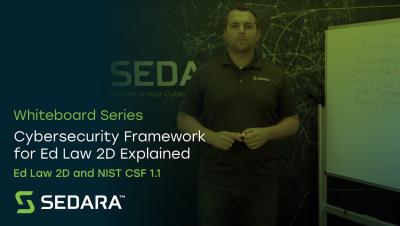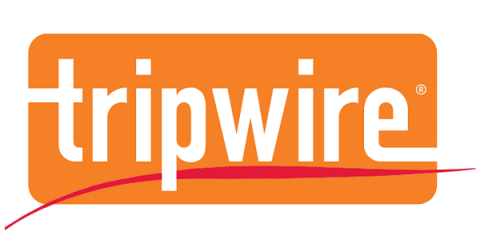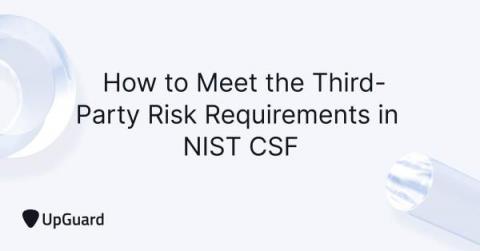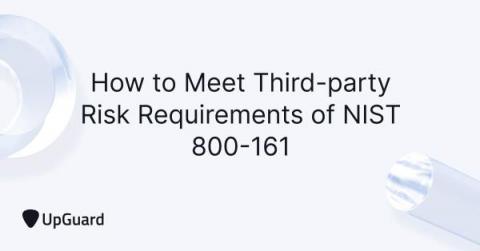Security | Threat Detection | Cyberattacks | DevSecOps | Compliance
April 2022
How to Use NIST's Cybersecurity Framework to Protect against Integrity-Themed Threats
With the CIA Triad, confidentiality commands much of the attention. Organizations fret over the unauthorized disclosure of their data, so they try to reduce the risks of that type of an incident. In so doing, however, enterprises commonly overlook the other two, integrity in particular. Ron Ross, a fellow at the National Institute of Standards and Technology (NIST), thinks it’s a mistake for organizations to forget about integrity.
How to Meet the Third-party Risk Requirements of NIST CSF
The National Institute of Standards and Technology (NIST) has issued special publications focused on improving Third-Party Risk Management (TPRM) and Supply Chain Risk Management (SCRM). The NIST Cyber Security Framework (NIST CSF) special publication has become a popular option for its unique applicability to all industries with critical infrastructures. NIST CSF isn’t a light read.
How to Meet Third-party Risk Requirements of NIST 800-161
The National Institute of Standards and Technology (NIST) has produced several publications addressing the different components of information technology security within the NIST 800 computer security series. Compliance across this entire NIST 800 series is expected for all internal and external service providers of government entities - such as the DoD federal agencies.
Your Guide to the NIST Cybersecurity Framework
To put the impact of cybercrime into perspective, let’s examine some important, and startling, numbers: Data breach costs increased from $3.86 million to $4.24 million in 2021. Every 39 seconds, there is an attack. About 90% of healthcare organizations have fallen victim to at least one breach within the past three years. The bottom line? Cyberattacks are frequent and costly, and COVID-19 has only fueled the fire with more employers adopting a remote work structure.





